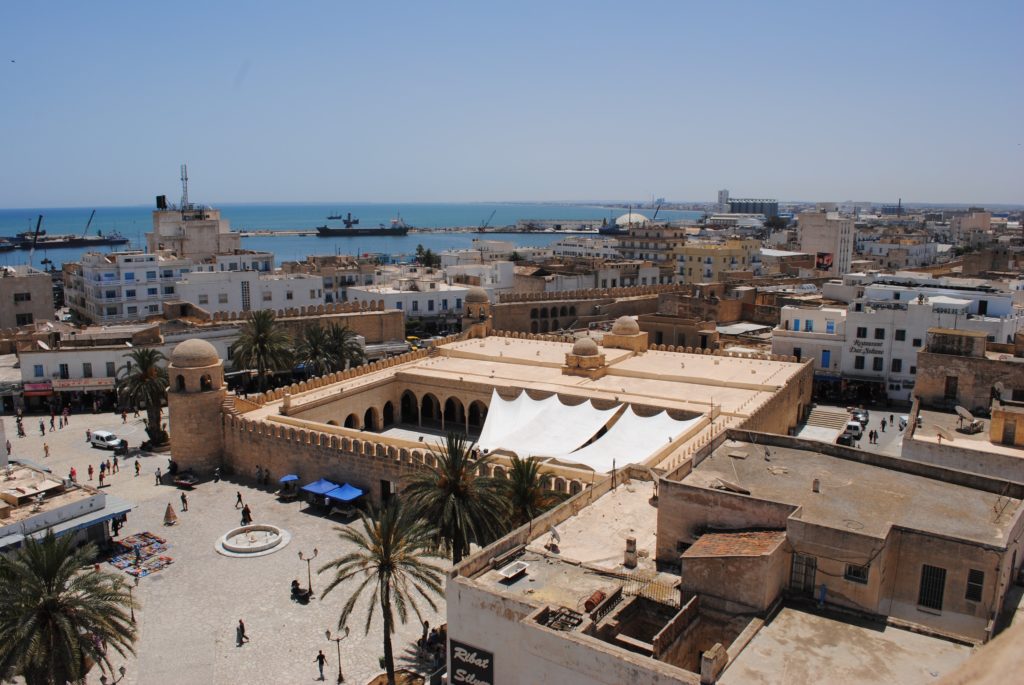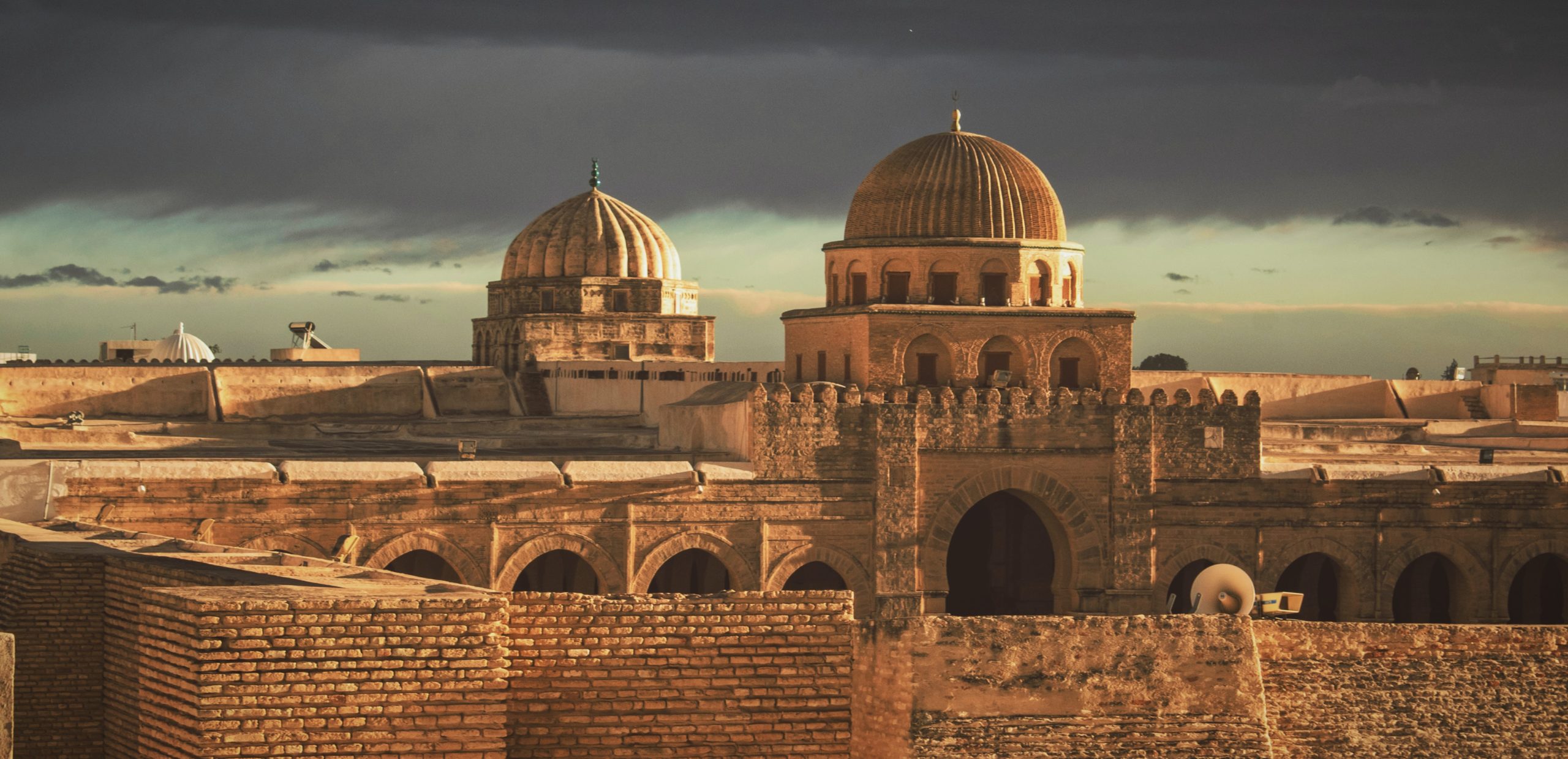What is A Situation Analysis?

Traveling to a destination can feel like an individual journey. But, did you know that most tourism destinations develop thoughtful strategies to ensure their destinations attract visitors in intentional and measured ways? A tourism strategy is designed to highlight a destination’s best aspects, such as food and history, while also offering solutions to tourism challenges that a destination might face, such as limited infrastructure. A successful tourism strategy is a first step to making a country safe, educational, and enjoyable for travelers. Essential to every tourism strategy is a situation analysis that details the supply and demand of tourism to the destination along with the opportunities and challenges that a destination faces using techniques such as stakeholder interviews, online data analysis, and on-the-ground assessments.
Why is a Situation Analysis Important?
The tourism industry is a critical source of jobs and economic growth, as well as a decisive factor in a nation’s sustainable development. While a tourism strategy is necessary to help develop tourism, a cookie-cutter approach will not be effective at addressing each destination’s unique circumstances. Thus, individualized situation analyses are critical for creating an effective tourism strategy. In this blog, we will examine some guidelines for performing an impactful situation analysis, as well as the use of situation analysis in one growing destination, Tunisia.
Situation Analysis, as Explained by the World Bank

How do tourism practitioners go about conducting a situation analysis of a destination? Solimar International, for example, follows the strategy guidelines outlined by the World Bank, a global partnership dedicated to using sustainable solutions to combat poverty. Per the World Bank’s method, there are four essential steps to conducting a successful situation analysis.
- Project planning
- Desk-based research
- An in-country evaluation
- An analysis of their data to compile a report detailing both their research and conclusions
Each step requires complex research, discussion, and analysis. Within these guidelines, the World Bank also offers detailed suggestions on how to complete each step: A situation analysis team must interview a range of stakeholders within a country’s tourism industry, everyone from artisans selling goods to travel booking agents. Desk research entails compiling and studying all documents relevant to the destination’s tourism, and the statistical analysis of comparing the performance of the country to similar countries. This data must then be analyzed to identify the opportunities, challenges, and solutions surrounding the destination. Finally, the World Bank advises the team to use all their data, research, and analysis to create the final tourism strategy document.
What Should be Included in the Final Report?
Because the main objective of a situation analysis is to identify both the biggest opportunities and constraints associated with a given destination, the report therefore must outline the destination’s offerings. These can include anything from thriving wineries to well-preserved cultural sites. However, the report must also acknowledge the challenges that were pinpointed by the analysis. Issues such as poor infrastructure or lack of safety can be major hindrances to tourism. In addition, a proper analysis should identify potential solutions to the constraints, and these should be included in the report as well. It is also crucial for the report to list key stakeholders in the local tourism industry, in addition to potential partners that may help to implement the plan. This detail ensures that the plan includes everyone who has a vested interest in helping the strategy succeed.
Practical Application: How A Situation Analysis was Used in Creating Tunisia’s Tourism Strategy

Tunisia is a wonderful destination, with numerous activities for tourists to enjoy. It is rife with opportunities for successful tourism, from a Mediterranean coastline to historical sites. However, the destination is not yet on par with nearby destinations such as Morocco and Egypt. Tunisia receives approximately a million tourists per year, and the country hopes to grow its tourism sector. To achieve this, Solimar is currently working on the USAID Visit Tunisia program Tunisia’s tourism visibility. One of the program’s initial goals was to develop a national tourism strategy, which included a comprehensive situation analysis.
To complete the analysis, Solimar interviewed major stakeholders in Tunisia, including those in the public and private sectors. It is critical to converse with stakeholders in order to understand the expectations for the plan’s results and to provide further insight into the destination’s current tourism situation. Extensive desk research was conducted this included comparing Tunisia’s data to that of competing countries, and reading previous strategies and relevant documents for Tunisia. Solimar also reviewed all available tourism sector data from Tunisia. Through this data, Solimar was able to better understand both the problems and advantage tourism faced in Tunisia. Finally, Solimar analyzed the statistics from Tunisia’s tourism sector. Using this data and analysis, Solimar was able to form a solid foundation of the country’s current tourism industry to inform the development of recommendations for the National Tourism Strategy.
Interested in learning more about strategic planning for tourism? Be sure to like Solimar on Facebook to stay updated on our latest projects!

